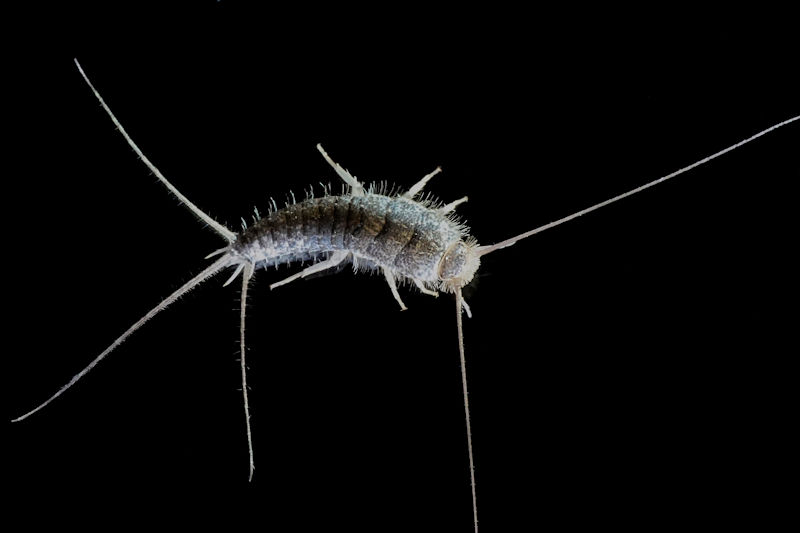Are silverfish taking over your home? These little silvery pests may not look like much but can cause massive damage feeding on paper, fabrics, and starchy items. This guide will take you through how to identify silverfish, eliminate them, and prevent their reappearance.
What Are Silverfish?
Silverfish are tiny teardrop-shaped, silvery-gray insects. They live in dark, moist environments like basements, bathrooms, and closets and can grow up to ½–1 inch long while moving quickly.
Signs You Have Silverfish
Signs of an infestation:
– Droppings: Little black or brown flakes similar to pepper.
– Damaged Items: Holes in paper, cardboard, or fabrics.
– Shed Skins: Shiny, clear skins left behind as they grow.
Catching these signs early may allow you to prevent a silverfish issue from getting out of hand.
Ways to Eliminate Silverfish
Silverfish can be controlled with cleaning habits, natural repellents, and traps.
- Clean Your Home Regularly
– Vacuum carpets, baseboards, and hard-to-reach areas.
– Declutter cupboards, attics, and storage areas.
- Try Natural Repellents
Silverfish dislike powerful odors.
– Lavender Oil: Soak cotton balls in lavender oil and keep them in closets and cupboards.
– Cedar Chips: Spread cedarwood shavings in storage areas.
– Citrus Peels: Put out fresh citrus peels in areas where they are a problem.
- Use Diatomaceous Earth (DE)
– Use diatomaceous earth around baseboards, behind furniture, and in corners.
– Use food-grade DE so that it is safe for pets and people.
- Set Traps
– Sticky Traps: Use traps in frequented areas.
– DIY Jar Trap: Use a glass jar with tape wrapped outside and bait like bread or cereal inside. The silverfish crawl in but can’t crawl out.
How to Prevent Infestation by Silverfish
After you get rid of silverfish, do the following to keep these pests away:
- Reduce Moisture
– Repair leaking pipes and faucets quickly.
– Use a dehumidifier in basements or other areas prone to moisture.
– Open windows in bathrooms and kitchens when showering or cooking.
- Seal Entry Points
– Use caulk to seal cracks in walls and floors.
– Use door sweeps to close gaps under doors.
- Store Food Properly
– Avoid leaving out pantry items such as cereal, flour, and pet food in open containers.
– Wipe off crumbs and spills immediately.
- Declutter Regularly
– Throw out old newspapers, magazines, or cardboard boxes.
– Keep valuables inside plastic containers with secure lids.
FAQs About Silverfish
Q: Are silverfish harmful to humans?
A: No, silverfish don’t bite or harbor diseases but can damage household items like paper, fabrics, and glue.
Q: What attracts silverfish to homes?
A: They thrive in damp, dark spaces and are drawn to food sources like paper, glue, and starchy crumbs.
Q: Is diatomaceous earth safe to use?
A: Yes, food-grade diatomaceous earth is safe for pets and humans. Avoid inhaling it during application.
Q: How long does it take to get rid of silverfish?
A: Most infestations can be resolved in a few weeks with consistent cleaning and prevention.
Take Action Today
Little silverfish may not seem troublesome, but a pest that small can mean big problems if left unattended. With these tricks—regular cleaning, herbal repellents, and proper sealing—you can get rid of silverfish and keep them away. Protect your home today and enjoy a pest-free space!
NEED HELP?
If you live in Southern Maryland, or Northern Virginia
FIND YOUR SOLUTION HERE
People, Pet & Pollinator Safe! Pest control for people who care.
